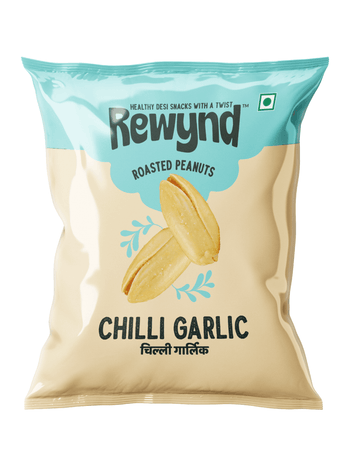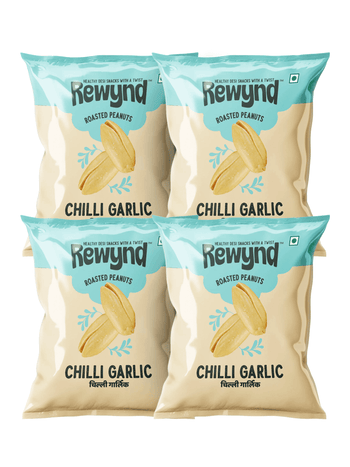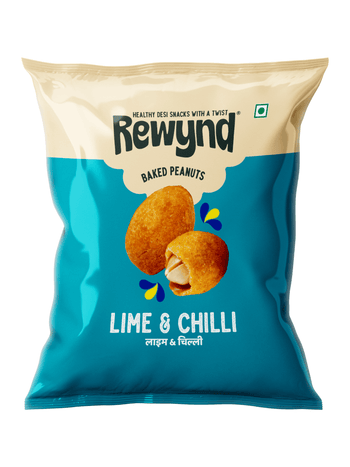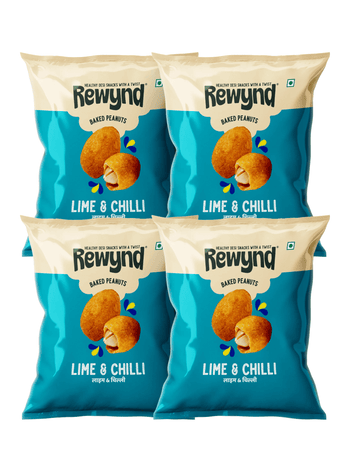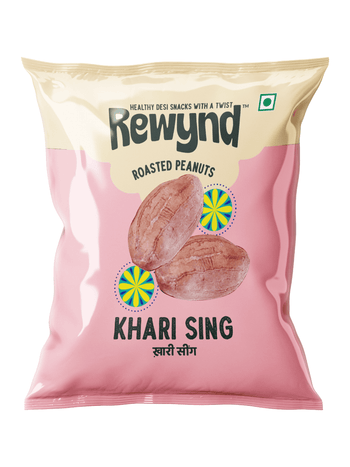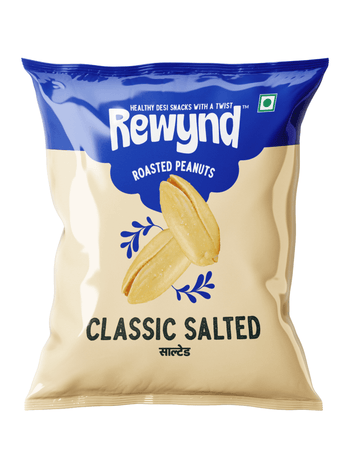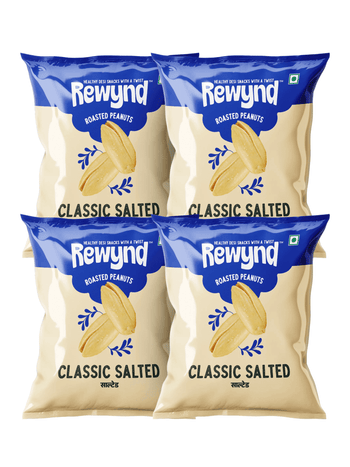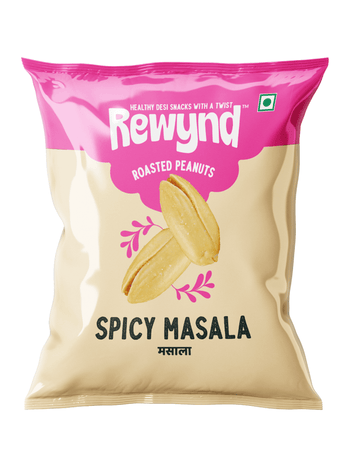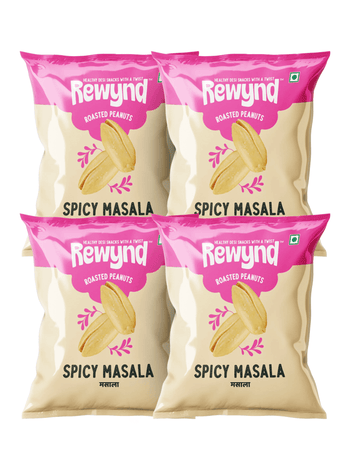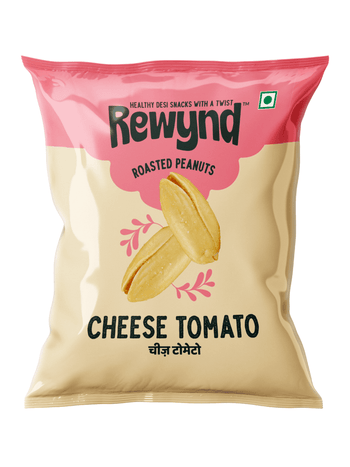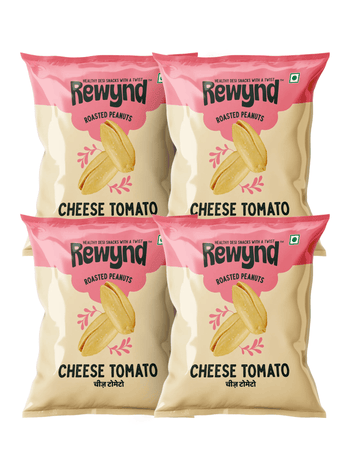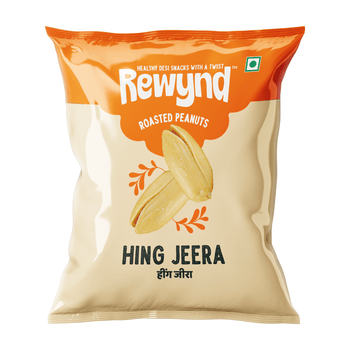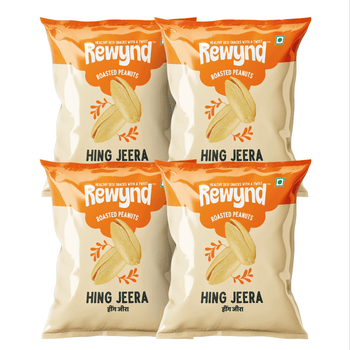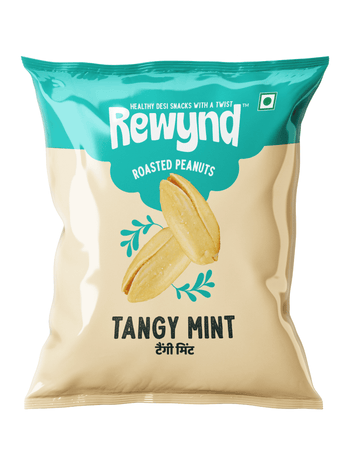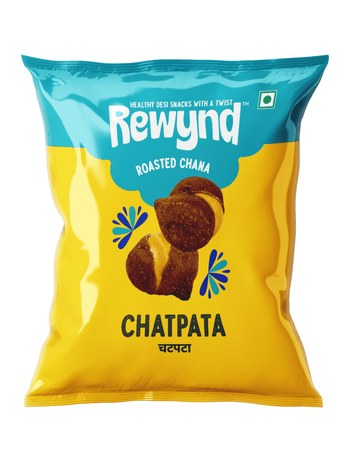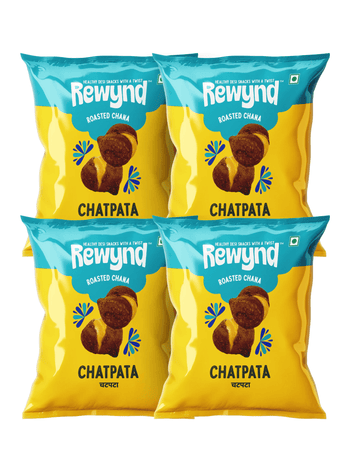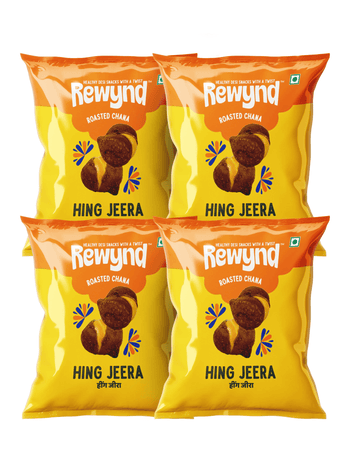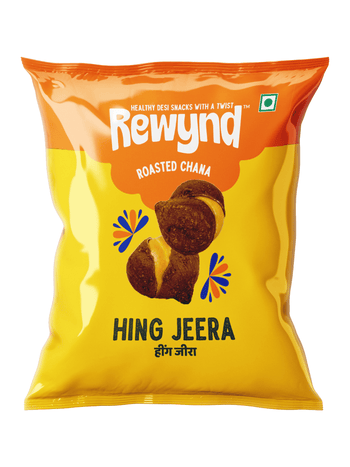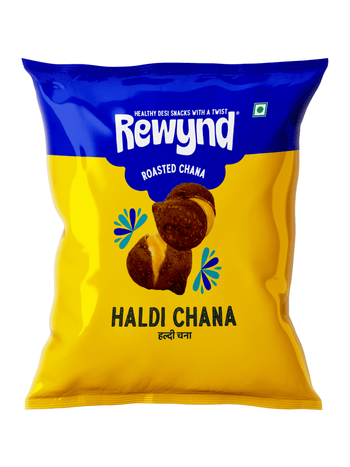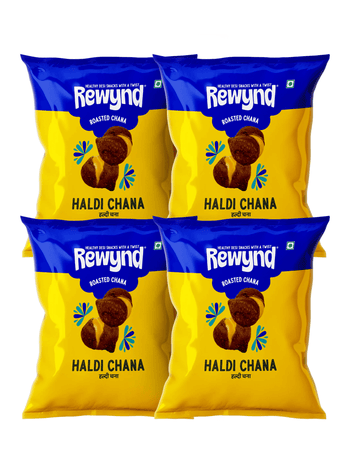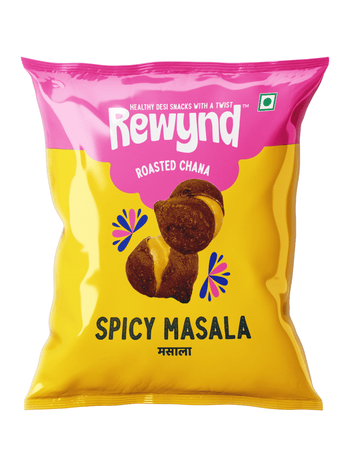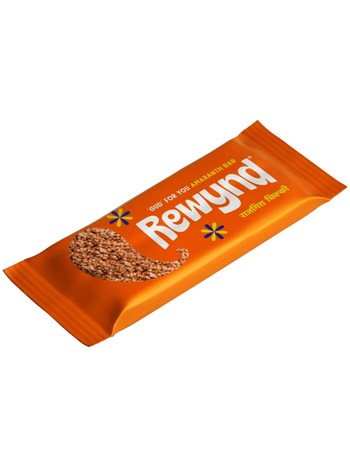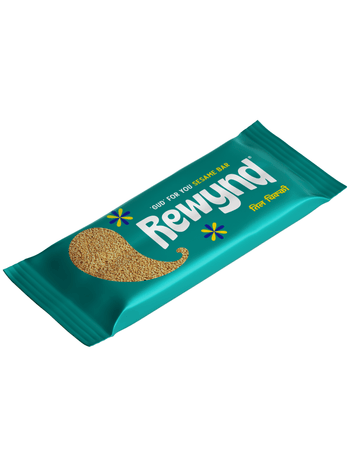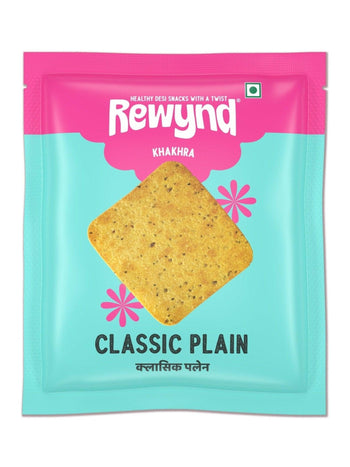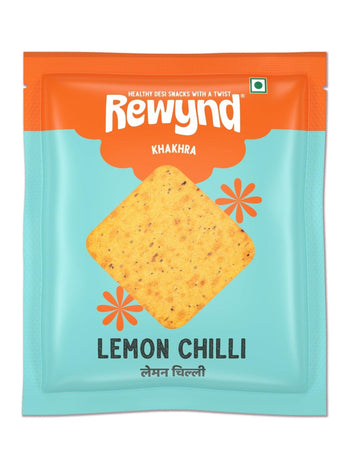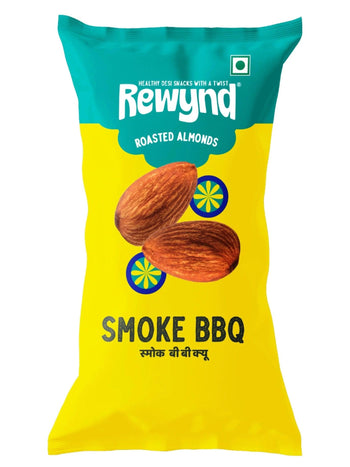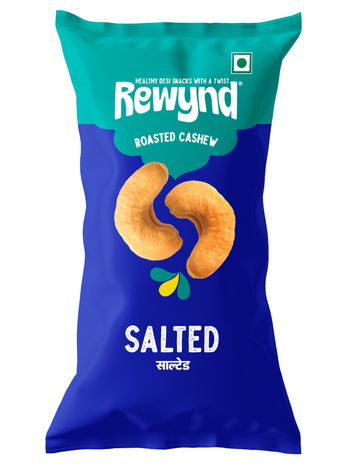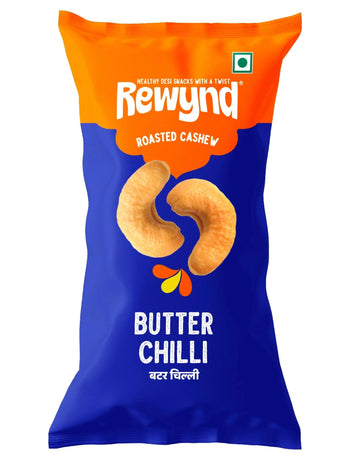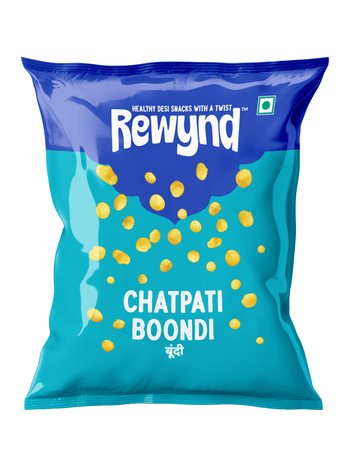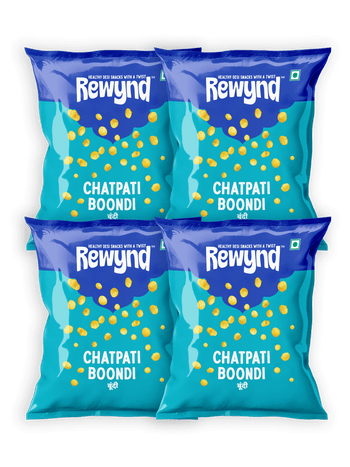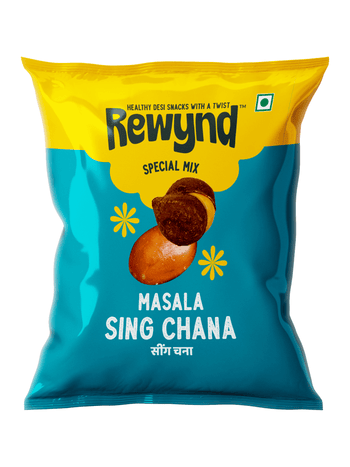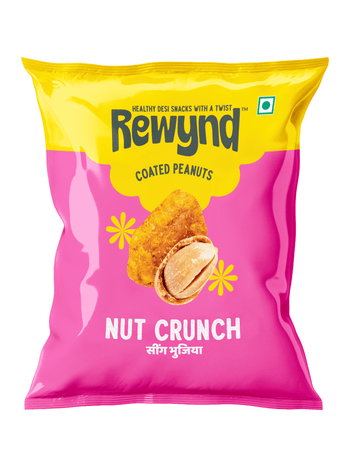Let’s Rewynd a bit.
Where the Cashew Story Begins
Native to Brazil
The cashew tree (Anacardium occidentale) is native to northeastern Brazil. It loves warm, coastal climates.
The Apple and the Nut
The tree bears a soft cashew apple and, below it, the hard cashew nut. The nut’s shell contains an irritant oil; roasting makes the kernel safe to eat.
Before Europe Knew It
Indigenous Tupi communities used the apple and nut for food and home remedies long before Europeans arrived.
Names Tell the Origin
From Tupi to Portuguese to English
“Cashew” comes from Portuguese caju, which comes from the Tupi word acajú. The name traveled with the tree across oceans.
How Cashew Reached India
The Portuguese Connection
In the 16th century, the Portuguese carried cashew from Brazil to their colonies. They brought it to Goa around 1560–1565.
Planted to Protect the Land
Cashew trees were first planted in Goa to prevent soil erosion on hilly, rain-lashed slopes. The hardy roots helped bind the soil.
Perfect Fit for the Coast
Cashew thrived in India’s warm, coastal climate. From Goa it spread along the Konkan (Maharashtra, Goa) and Malabar (Karnataka, Kerala) belts, later reaching other suitable tropical regions.
Cashew Takes Root in Indian Life
From “Foreigner’s Tree” to Local Favorite
Early Malayalam nicknames like Parangi maavu (“foreigner’s tree”) and Parankiandi (“foreigner’s nut”) show how people first saw it as exotic. Within a few generations, it became local and loved.
Early Roasting and Processing
By the 18th–19th centuries, people commonly roasted cashews (often in sand pits). By the 20th century, parts of India—like Kollam (Kerala)—grew into major processing and export hubs.
Where Are Cashews Grown in India?
Major Belts (West, South, and East Coasts)
Cashew prefers tropical, coastal, and low-elevation zones. Major growing areas include:
-
Konkan Coast: Goa, Maharashtra
-
Malabar & Coastal Karnataka: Kerala, Karnataka
-
Southeast & East Coasts: Tamil Nadu, Andhra Pradesh, Odisha, West Bengal
-
Islands & Northeast pockets: Andaman & Nicobar, parts of the Northeast (state programs vary)
Cashew in Indian Culture and Cuisine
Everyday Cooking
In Indian kitchens, kaju adds creaminess and body. Cashew paste enriches korma, makhani, and other festive gravies. Whole cashews garnish pulao, biryanis, and snacks.
Festive Sweets
Kaju barfi (cashew fudge) is a festival favorite. Cashews are also gifted in dry-fruit boxes during weddings and Diwali as a sign of prosperity.
Goan Traditions
In Goa, the cashew apple is fermented to make feni, a centuries-old local spirit. The apple also goes into vinegar and chutneys.
Overall Timeline
Before 1500s
Cashew grows wild in Brazil; used by indigenous communities.
1500s
Portuguese sailors move cashew around their empire.
~1560–1565
Cashew arrives in Goa; planted for soil conservation.
1600s–1800s
Spreads along India’s west coast; roasting becomes common.
1900s
Indian processing centers (e.g., Kollam) expand exports.
Today
Cashew is everyday Indian—from rich gravies and sweets to regional drinks like feni.
FAQs
Cashew came from which country?
Brazil. Native to northeastern Brazil.
Who brought cashew to India? When?
The Portuguese, in the late 16th century (about 1560–1565), first to Goa.
Why was it first planted in Goa?
To control soil erosion on slopes during monsoon.
Where is cashew grown in India today?
Along tropical coasts and warm regions: Goa, Maharashtra, Karnataka, Kerala, Tamil Nadu, Andhra Pradesh, Odisha, West Bengal, plus Andaman & Nicobar and a few Northeastern pockets.



